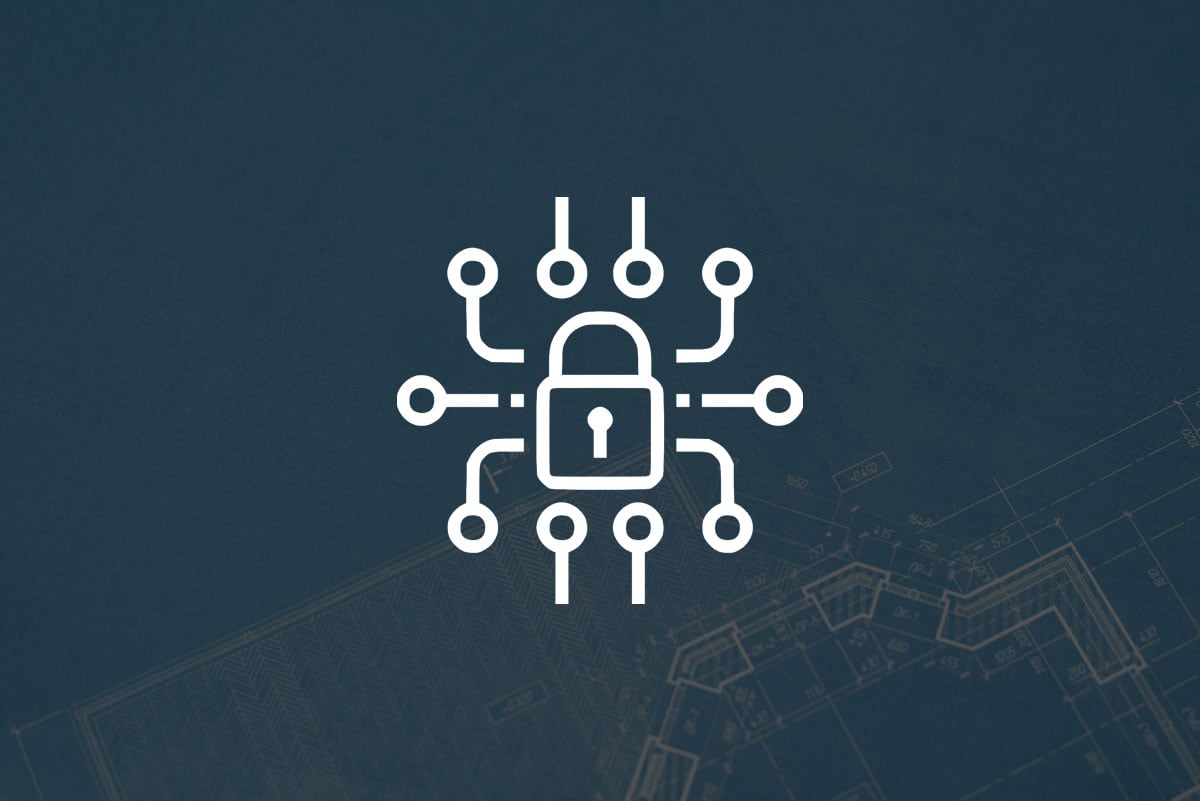What's Included in a Security Blueprint?

Evolving cybersecurity threats and a crowded technology marketplace are seeing businesses struggle to protect their customers and employees. As a result, managed service providers (MSPs) have an opportunity to help customers understand their security needs and the solutions they require.
Organizations are increasingly running head on into several industry trends that threaten their ability to secure their data, systems, and users. From more sophisticated attack vectors and a lack of skilled security experts to the growth of digitization and the increase in dynamic and remote working, these trends are driving their need for more significant, more robust security.
In short, cybersecurity has gone from a nice-to-have feature to one that’s of primary concern for businesses of all sizes.
But even as organizations keep upgrading their defenses, cybercriminals continue to compromise organizations’ data and systems on a regular basis. Clearly, something is lacking. The result: MSPs now have a major opportunity to provide the type of high-level security their customers are desperate to find.
Taking advantage all starts with a blueprint.
Developing a robust security blueprint will help you to strengthen your defenses and meet your business objectives, while guiding customers through the increasingly complex security and technology landscape. To do this, the blueprint needs to address the technologies that work together to create an end-to-end offering, measure security gaps, and understand customer maturity levels.
Security blueprint best practices
Your security blueprint needs to provide a strategy for providing customers with in-depth, layered cybersecurity protection. It needs to cover the main threats your customers will face on a daily basis and build in processes that enable them to bolster and maintain their security defenses.
This layered approach also needs to be combined with a zero-trust approach to security, which ensures that all internal and external traffic is presumed untrusted until it’s verified.
Your security blueprint needs to be built on these four core security best practices:
- Defense in Depth
It’s essential to build a series of technology layers that form a cybersecurity foundation. This includes elements like risk analytics, hardening and reducing the attack surface, detection and response, prevention technologies, and advanced defense against emerging threats like malware and ransomware. You should also build in managed detection and response for around-the-clock threat prevention and threat hunting to proactively discover lurking attackers.
- Unified Security Solution
A unified security solution enables you to build as many of these technology layers as possible into one system. As a result, you can support your customers’ specific needs through one single point of management.
- Mature AI and ML algorithms
Solutions built on mature artificial intelligence (AI) and machine learning (ML) algorithms are verified as being fit for purpose in independent tests. Utilizing these solutions helps you to provide customers with solutions that meet their requirements and make better-informed decisions.
-
Technology Integration
As attackers employ a wide range of cyberattack methods, they can easily switch vectors to circumvent an organization’s security defenses. Ensuring that solutions integrate and communicate with one another effectively is crucial to the success of your security blueprint.
How to measure security gaps
In addition to providing an end-to-end cybersecurity model, it’s also crucial to understand how to measure security gaps. This will help to prevent new solutions from causing disruption to customers’ websites or blocking product sales.
To do this right, you first need to understand a customer’s level of maturity. This will help accurately assess their individual risk profile and better understand how a compromise would affect them.
You can then utilize the National Institute of Standards and Technology (NIST) framework as a guide to building a solid cybersecurity defense. NIST outlines five core functions — identify, protect, detect, respond and recover — that help organizations to effectively manage their cybersecurity risk.
With this as the backbone of your blueprint, you will be able to step in and present a great solution to those who need it most. And, these days, that is just about every organization out there.
Want to learn even more about how to take advantage of this opportunity?
Discover how Bitdefender can help your organization bolster your security defenses by downloading our whitepaper, "From Blueprint to Foundation, Addressing the Gaps in Your Security Design."
tags
Author
Bitdefender is a cybersecurity leader delivering best-in-class threat prevention, detection, and response solutions worldwide. Guardian over millions of consumer, enterprise, and government environments, Bitdefender is one of the industry’s most trusted experts for eliminating threats, protecting privacy, digital identity and data, and enabling cyber resilience. With deep investments in research and development, Bitdefender Labs discovers hundreds of new threats each minute and validates billions of threat queries daily. The company has pioneered breakthrough innovations in antimalware, IoT security, behavioral analytics, and artificial intelligence and its technology is licensed by more than 180 of the world’s most recognized technology brands. Founded in 2001, Bitdefender has customers in 170+ countries with offices around the world.
View all postsRight now Top posts
FOLLOW US ON SOCIAL MEDIA
SUBSCRIBE TO OUR NEWSLETTER
Don’t miss out on exclusive content and exciting announcements!
You might also like
Bookmarks











